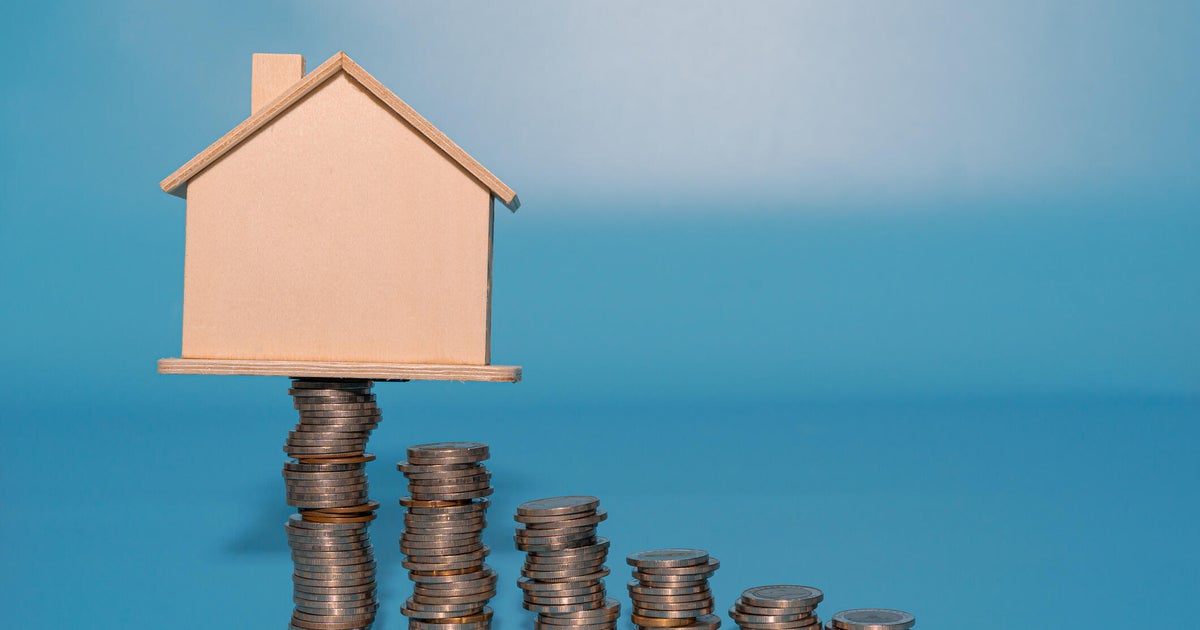Homebuyers finally received some encouraging news late this year when mortgage rates dropped considerably following the Federal Reserve’s back-to-back rate cuts in September and October. With the Fed easing its stance on rates, the average 30-year fixed mortgage rate fell into the low-6% range, a notable improvement from the 7%-plus rates homebuyers faced earlier this year.
These lower borrowing costs are helping to reignite interest in the housing market. But the big question now is: what happens next? Will improved affordability bring more buyers into the market and push home values higher? Could rising inventory finally give buyers the upper hand? Or will economic uncertainty keep things flat?
As 2026 approaches, the direction of home prices remains uncertain. To gain insight, we spoke with mortgage and real estate professionals to get their predictions about where home prices could head next year. Here’s what they had to say.
—
## What Will Happen to Home Prices in 2026? Here’s What Experts Say Buyers Should Know Now
**Steven Glick**, director of mortgage sales at Ziffy, an all-in-one AI-powered real estate investment platform, expects flat to mildly positive home appreciation between 0.5% and 2%.
>”That range reflects two things moving in opposite directions: rates have eased enough to coax demand back, but affordability is still stretched and supply is slowly rebuilding,” Glick explains.
This outlook signals a return to normalcy after years of extremes. **Debbie Calixto**, sales manager at mortgage lender loanDepot, adds:
>”We expect moderate price growth in 2026, likely below 4% on average across the country.”
Similarly, **Karen Mayfield**, national head of originations at mortgage-as-a-benefit provider Multiply Mortgage, sees lower rates bringing buyers and sellers back into the market. However, Mayfield predicts pent-up demand will absorb new home supply.
—
## What Could Cause Home Prices to Rise in 2026?
Several conditions could push home prices higher next year, experts say:
– **Mortgage rates drift below 6% and stay there.**
“Each quarter-point matters for monthly payments and buyer qualifying power,” says Glick. “With the Fed already easing and signaling more to come, a gentle slide in mortgage rates would firm demand.”
– **The labor market holds steady.**
“If employment is stable, more people will come off the fence and buy,” says Joe Chung, a realtor with Coldwell Banker. When demand improves, prices tend to climb.
– **Construction costs rise.**
“Tariff-driven cost increases will push new home prices higher, creating a floor for existing home values,” Mayfield explains.
—
## What Could Cause Home Prices to Fall in 2026?
On the flip side, a few factors could push home prices down next year:
– **Mortgage rates climb back up.**
“An inflation surprise or wider risk premiums would lift the 10-year Treasury and, by extension, 30-year mortgages,” says Glick. As affordability worsens, fewer buyers can qualify, weakening demand and putting downward pressure on prices.
– **Housing supply surges unexpectedly.**
According to Mayfield, a wave of baby boomers downsizing could flood the market with inventory faster than buyers can absorb it.
– **The economy weakens.**
Rising unemployment or a broader economic downturn would reduce buyer demand and purchasing power.
Joe Chung cautions that the market remains fragile:
>”Small shifts tend to ‘freak out’ confidence, which can soften values nationally.”
—
## What Could Cause Home Prices to Stay the Same in 2026?
The most probable scenario requires the following conditions:
– **Mortgage rates and inventory move in tandem.**
Glick describes this as a “push-pull balance,” where improved affordability adds demand while growing supply adds choice, resulting in flat-ish national prices.
– **Economic conditions stay predictable.**
Mayfield emphasizes stability:
“The key is absence of shocks—no rate spikes, no inventory floods, and no major policy changes that dramatically alter buyer or seller behavior.”
– **Regional differences average out.**
Some Sun Belt and pandemic-boom metros will continue digesting their 2021 to 2022 price surges. Meanwhile, supply-constrained Northeastern and Midwestern markets hold firm.
“Nationally, that averages out near zero to low-single-digit gains,” Glick says.
—
## The Bottom Line
Experts largely expect home prices to stay stable with modest growth in 2026, but that doesn’t mean you should wait to buy.
Glick advises locking in if the home and payment work for you today:
>”Rates are already lower than they were earlier in 2025. There’s no guarantee 2026 will give you meaningfully lower rates, and even a small price rise or more bidding can offset a minor rate dip.”
Calixto agrees, warning that new economic data or Fed policy changes can shift mortgage interest rates quickly, impacting affordability and demand.
—
**Find out how affordable the right mortgage loan options could be for you in today’s market and prepare to make the most of this evolving housing landscape.**
https://www.cbsnews.com/news/what-will-happen-to-home-prices-in-2026-heres-what-experts-say-buyers-should-know-now/



